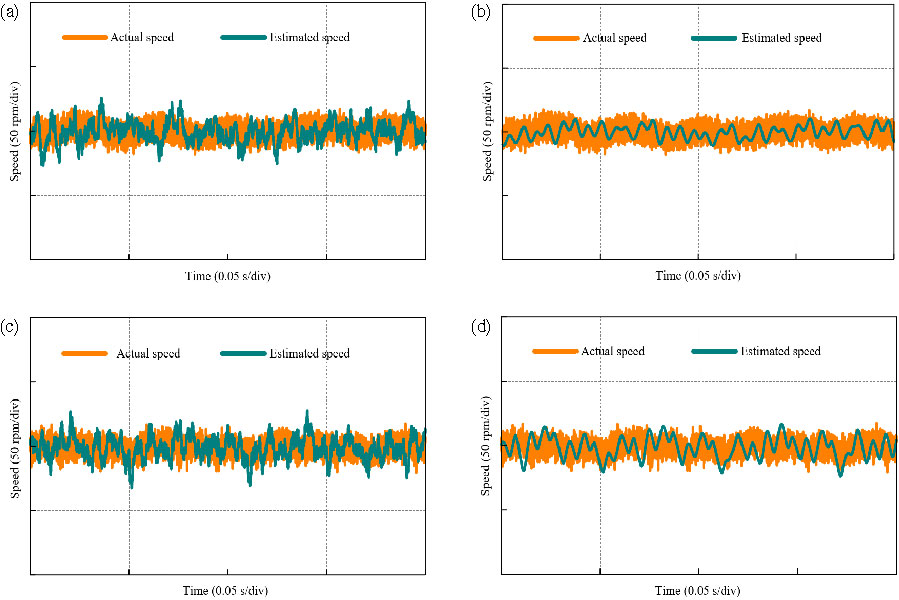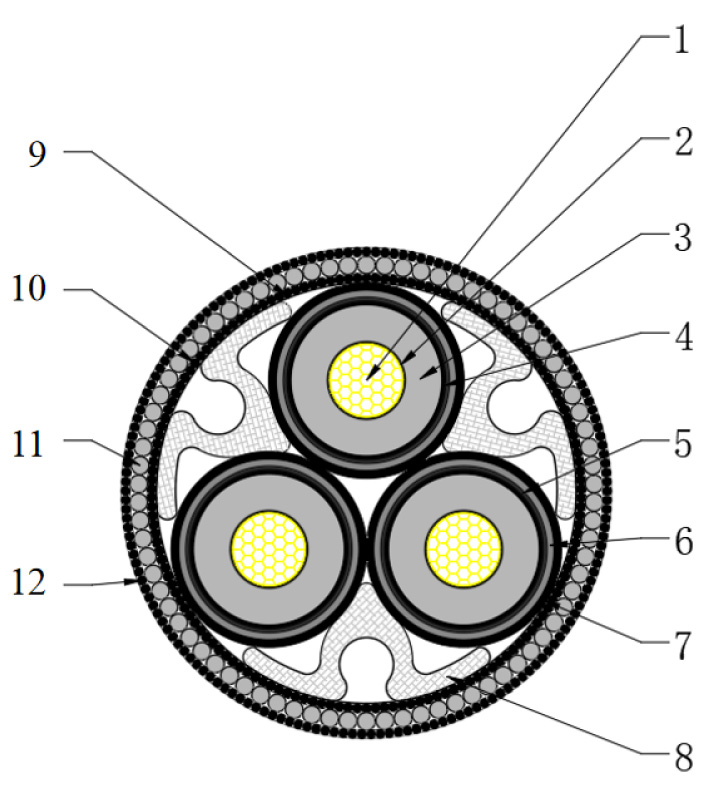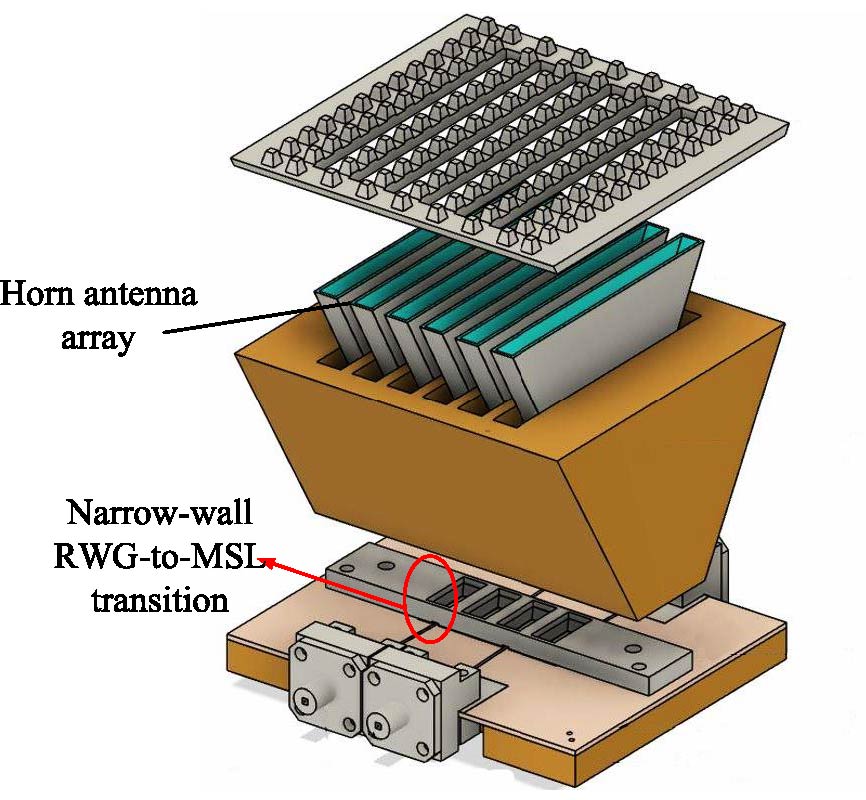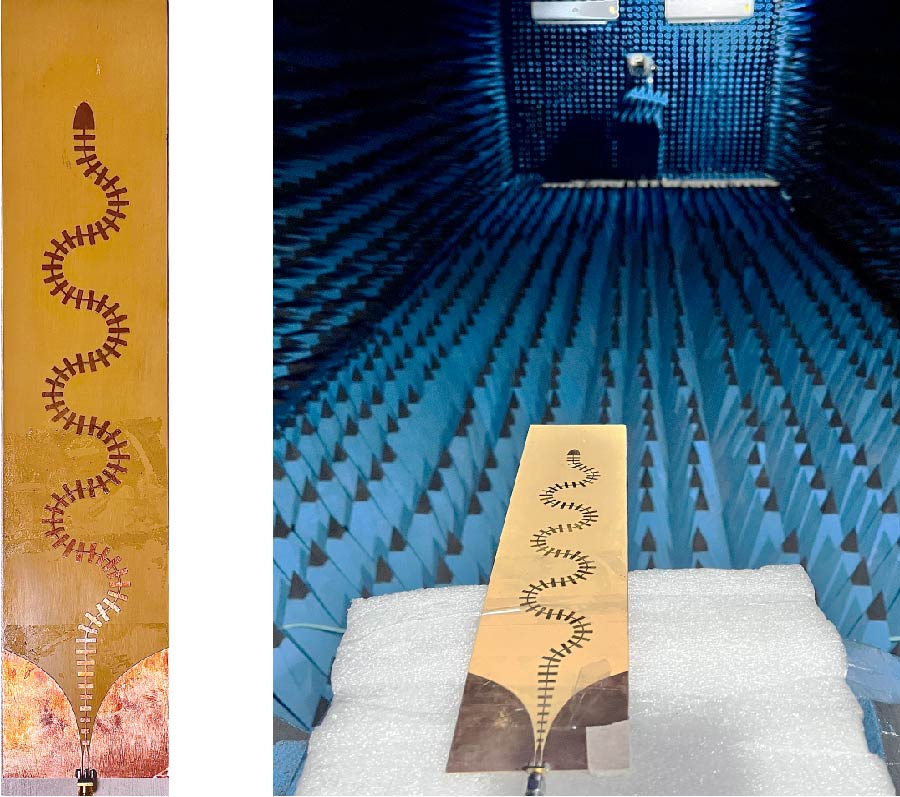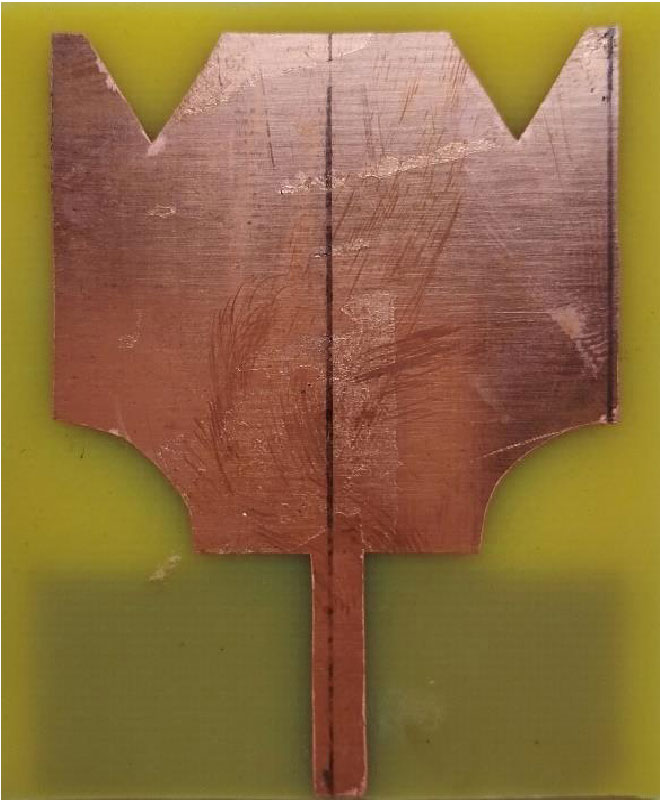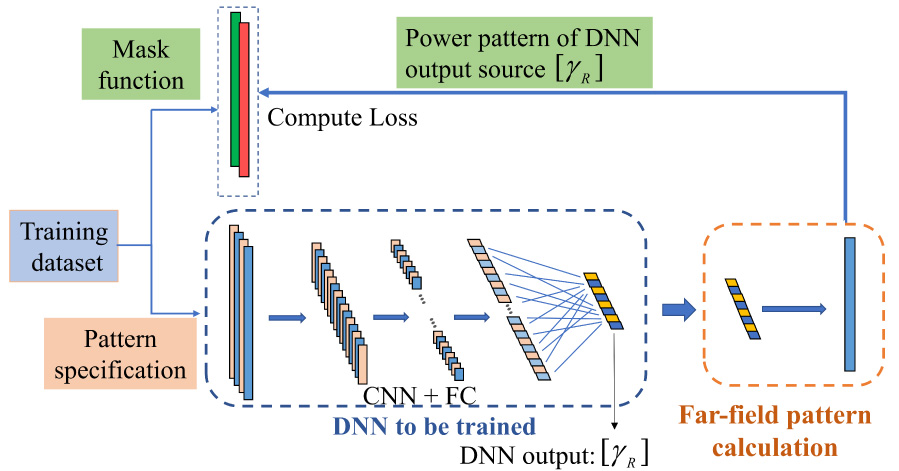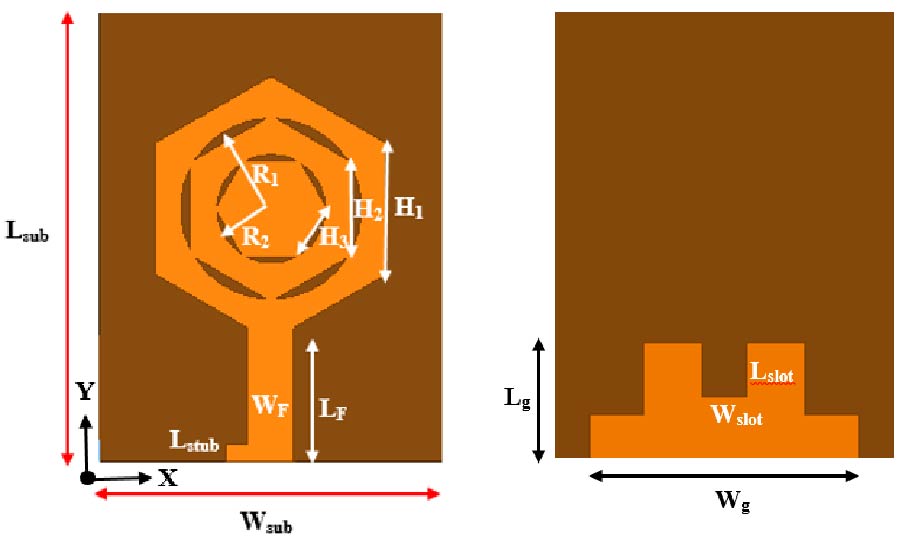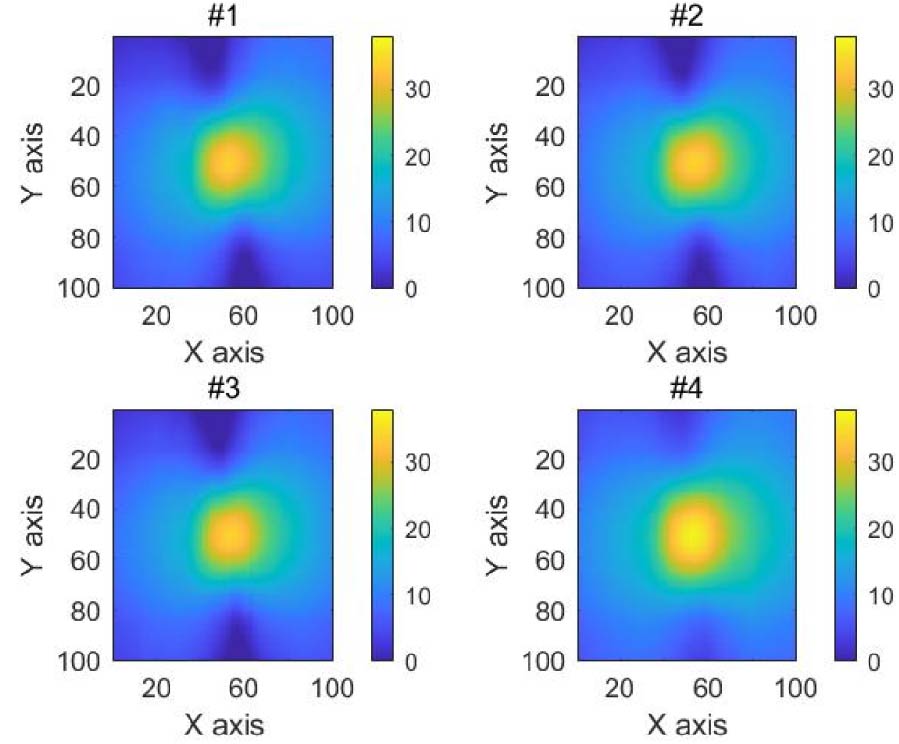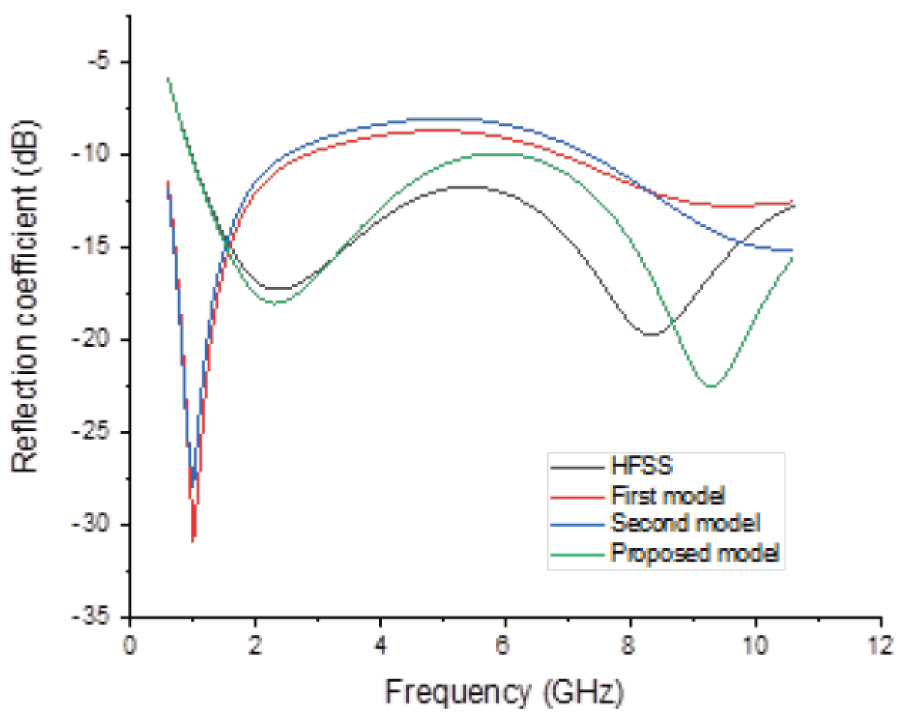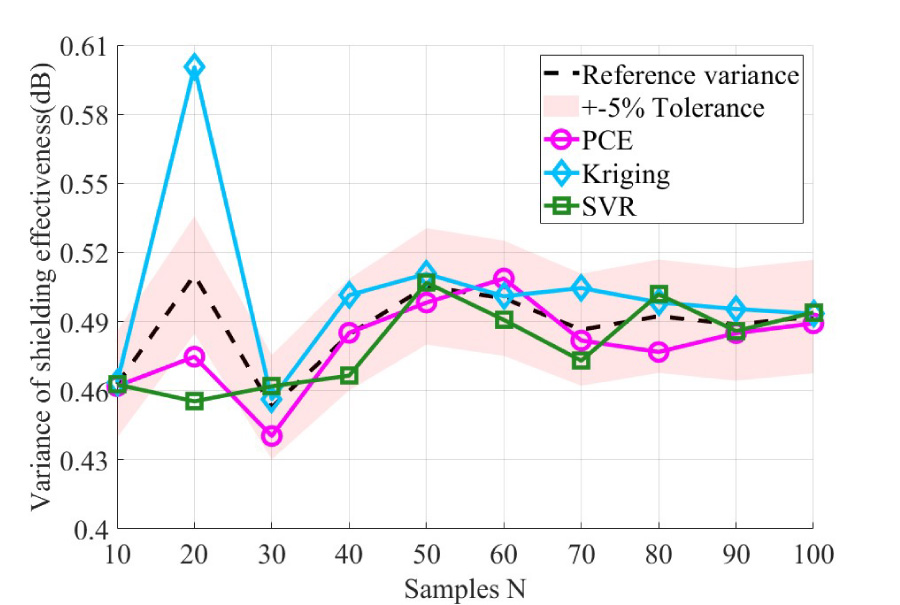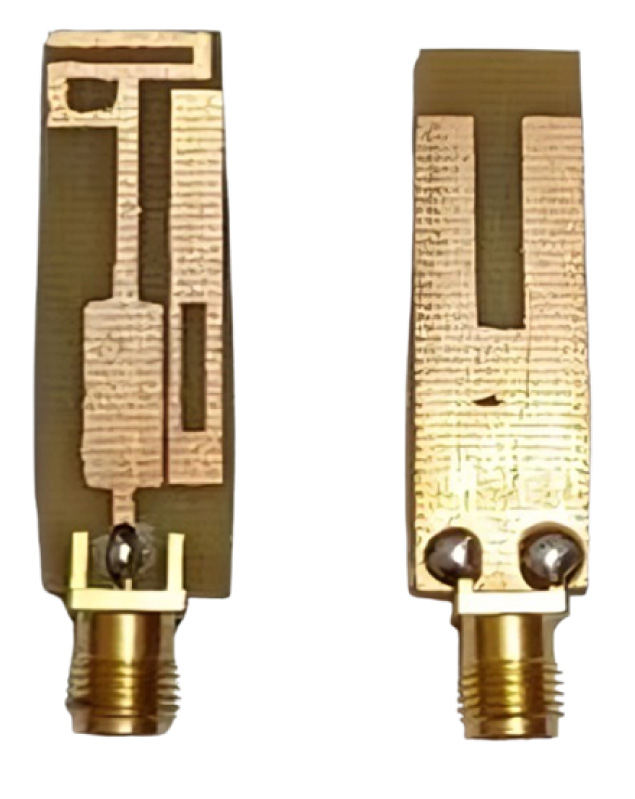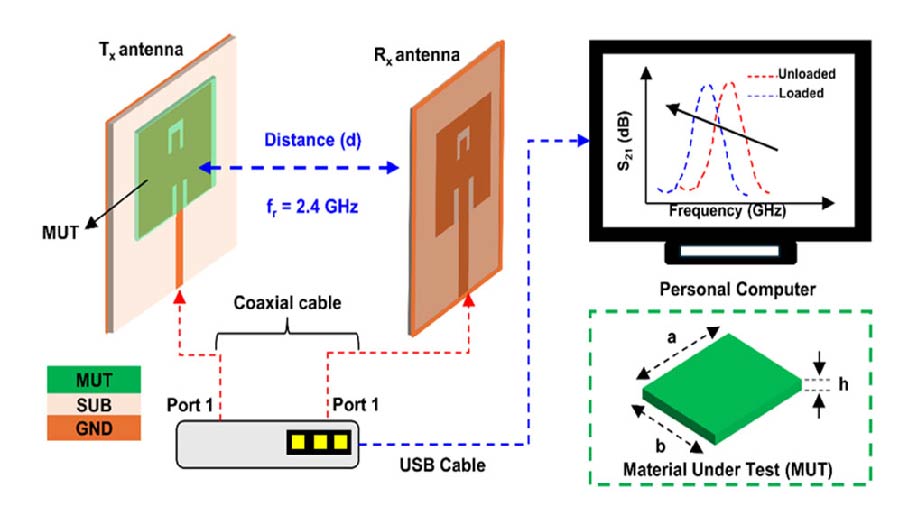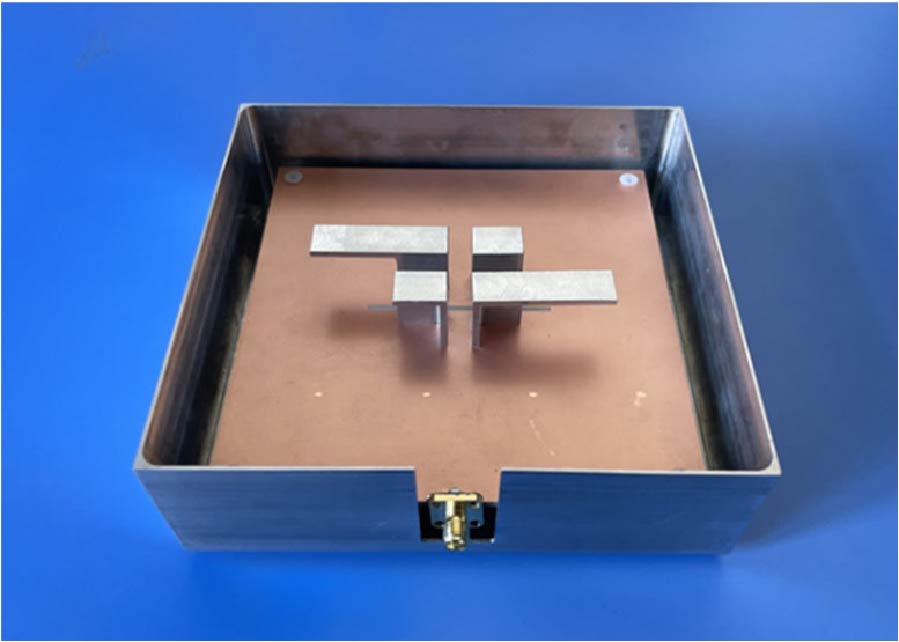Umbrella-Shaped Strip Line Patch Antenna with Partial Ground Plane for GPR Applications
Shekhara Kavitha,
Ashish Singh,
Adeeshwari Surendra Naik,
Chandrika Hanumanth Naik,
Rajaram Durga,
Monica Ganapathi Naik and
Durga Prasad
Ground Penetrating Radar (GPR) systems work with the help of highly efficient antennas that work in the desired frequency ranges for effective subsurface imaging. For applications that require ultra-wideband operation, a robust antenna design is crucial to achieving both deep penetration and high-resolution imaging, but the main challenge is to design an antenna that works in the desired range while also maintaining optimum performance, like gain, directivity, etc. The objective of this work is to develop a microstrip patch antenna capable of operating efficiently in the frequency span of 1.5 GHz to 4 GHz for GPR applications in the CST Microwave Studio platform. Further, the design is optimized to ensure that the antenna structure will exhibit desired characteristics. Once the desired performance has been simulated, the antenna is fabricated using chemical etching technique. Chemical etching is quite precise as it provides the very precise dimensions that are required by a microstrip patch antenna, and it is easy to prototype within a laboratory-controlled environment. The practical test results are compared with simulated design results, to validate the antenna design for GPR applications. It was observed that the fabricated antenna performs successfully as expected since the simulated and practical results are close.
